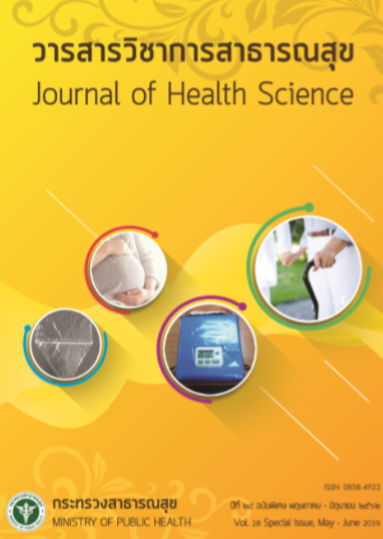A Brief Review on Parkinson’s Disease: Pathology and Treatment
Keywords:
alpha-synuclein, antiparkinson drug, neuroprotection, parkinson’s disease, therapeutic strategiesAbstract
Parkinson’s disease (PD) is known as an age-related neurodegenerative disorder. Several decades, PD pathology has been proposed for the degeneration of dopaminergic neurons and neurons death in substantia nigra pars compacta (SNc) area located at brain stem. The consequences of these caused imbalance of direct and indirect pathway in basal ganglia. The features of motor symptoms of PD include bradykinesia, resting tremor and rigidity. Anatomical investigation of the brain stem, neuronal loss can be detected from a reduction of neuromelanin pigmentation in the substantia nigra and locus coeruleus. Many toxic proteins can be found and formed inclusion body known as lewy body. There have been many theories and hypothesizes to clarified the cause of neurodegeneration. Many evidences from animal model, genetics data, pharmacologic study of neuroprotection and disease-modifying agents have systemically investigated. It should give precedence to highlighting on early detection of PD, non-motor symptoms evaluation and novel therapeutic strategies.
Downloads
Downloads
Published
How to Cite
Issue
Section
License
Copyright (c) 2019 Journal of Health Science - วารสารวิชาการสาธารณสุข

This work is licensed under a Creative Commons Attribution-NonCommercial-NoDerivatives 4.0 International License.







